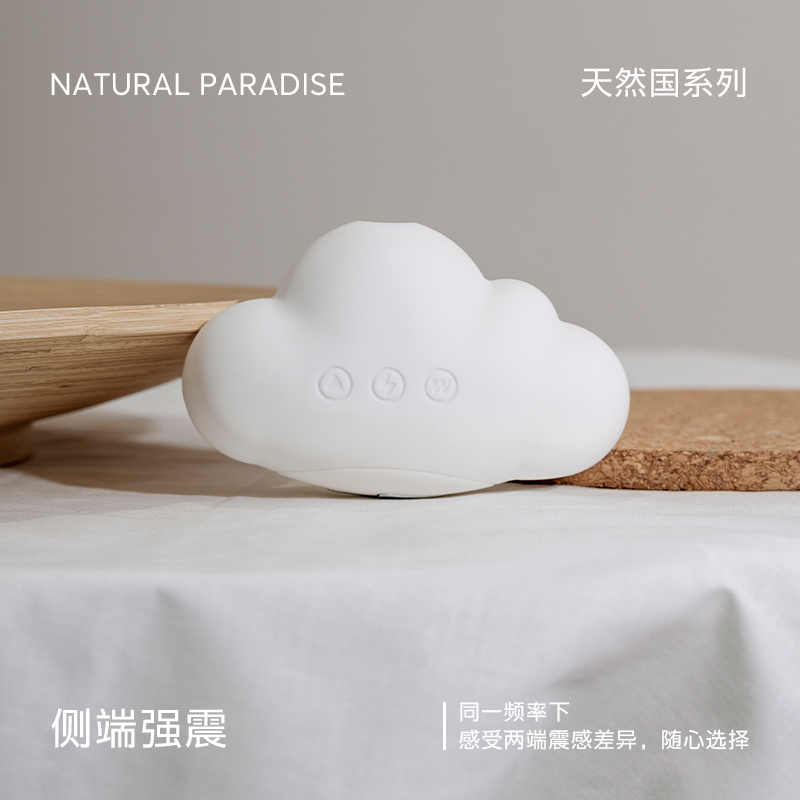
Asexuality: a happy life without sex
Relationships yes, sex no. Most of us have a hard time imagining this. People who do not want to have sex are often asexual. They do not find anything interesting in this intimate action. But how do you define asexuality? And how to live with it?
What is asexuality?
There is no definition or test for asexuality that would give a clear answer. A person is asexual if he considers himself as such.
But what does this concept actually mean? Asexuality means lack of desire for sexual interaction. Asexual people do not turn away sex, they do not dislike it and are not clamped by complexes. They just don't feel the need for it. Unlike celibacy or other forms of abstinence, asexuality is not a conscious decision, but reflects a sexual orientation that, like homosexuality, is different from the "standard".
Asexual people find other people of either gender attractive. For many asexuals, kisses, romance, tenderness, hugs, caress are important. But this physical and spiritual intimacy is not related to sexual attraction. Most asexuals do not see the point in sexual intercourse, they make others nervous, others are unpleasant. Asexuality comes in many forms and is not a disease.
What are the causes of asexuality?
There is no reason for the appearance of asexuality. It was assumed that it is congenital and persists for a long time. It does not arise from negative experiences, such as childhood or adolescence abuse. Physical and mental problems are also not its cause. Therefore, asexuality cannot be changed - asexuals do not suffer from this at all. They don't experience lack, anguish, or feelings of inferiority. They are only uncomfortable with the discussion and criticism of their orientation by their inner circle.
How to recognize asexuality?
What is this feeling that indicates a lack of interest in sexual relations? The ubiquitous presentation of sex in the modern world makes asexuals feel like something is wrong with them. They often think they are bisexual or homosexual, frigid or reserved. Asexuality is expressed in many different manifestations and shades that do not allow one to easily and simply identify oneself. In special circles, 4 main types of asexuality are distinguished:
Type A:
There is a sexual instinct, but no attraction. Asexuals of this type imagine or know that sex is pleasurable, but do not have a need for it or find it personally unpleasant.
Type B:
There is sexual desire but no instinct. They are drawn to other people emotionally, intellectually and spiritually, they fall in love, but do not feel the need to have sex with a partner.
Type C:
There is sexual desire and sexual instinct. Masturbation is pleasurable, but sex with other people is considered humiliating and is avoided for this reason.
Type D:
No emotional attraction and no sexual instinct. They may become friends, but they don't fall in love.
From this we can conclude that asexuality becomes noticeable in the sphere of relationships, libido and preferences.
Having an asexual relationship: is it possible?
Perhaps, but not at all easy. In our mind and culture, sex and love are closely related. This means that sexual relations are considered a sign of intimacy. The partner of an asexual person must understand and accept that in their union, love and sex cannot exist together. And that they will not have sexual intercourse. Sometimes asexual people have nothing against their partner having sexual intercourse with others. But it is important for them that at the same time the relationship in the pair does not suffer.
Understanding can be established by the realization that sex is just one, but not the only opportunity to show feelings. Intimacy is based primarily on communication, laughter, trust, respect, and help. If both partners accept this point of view, then asexuality will not become a hindrance to them.










